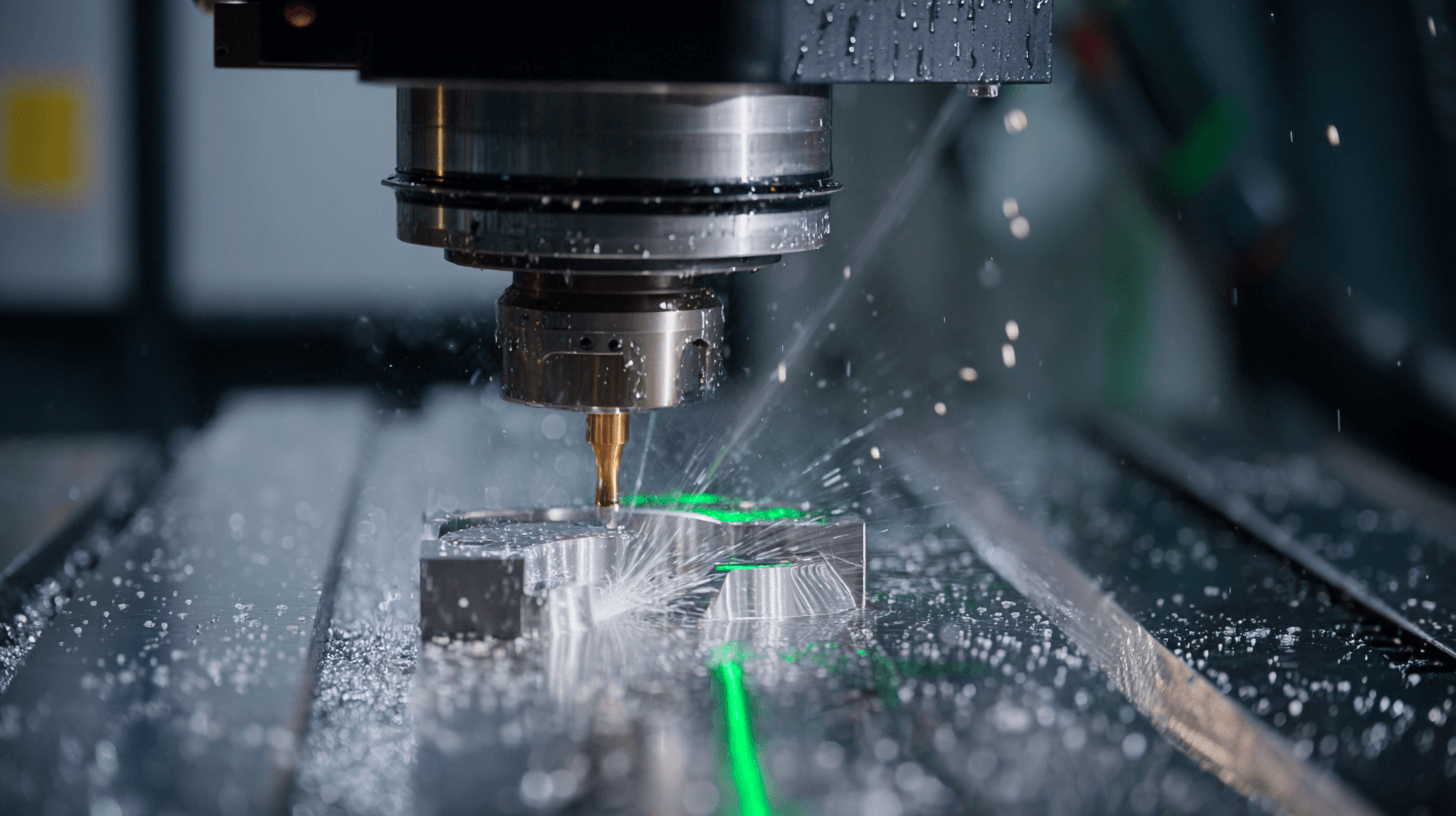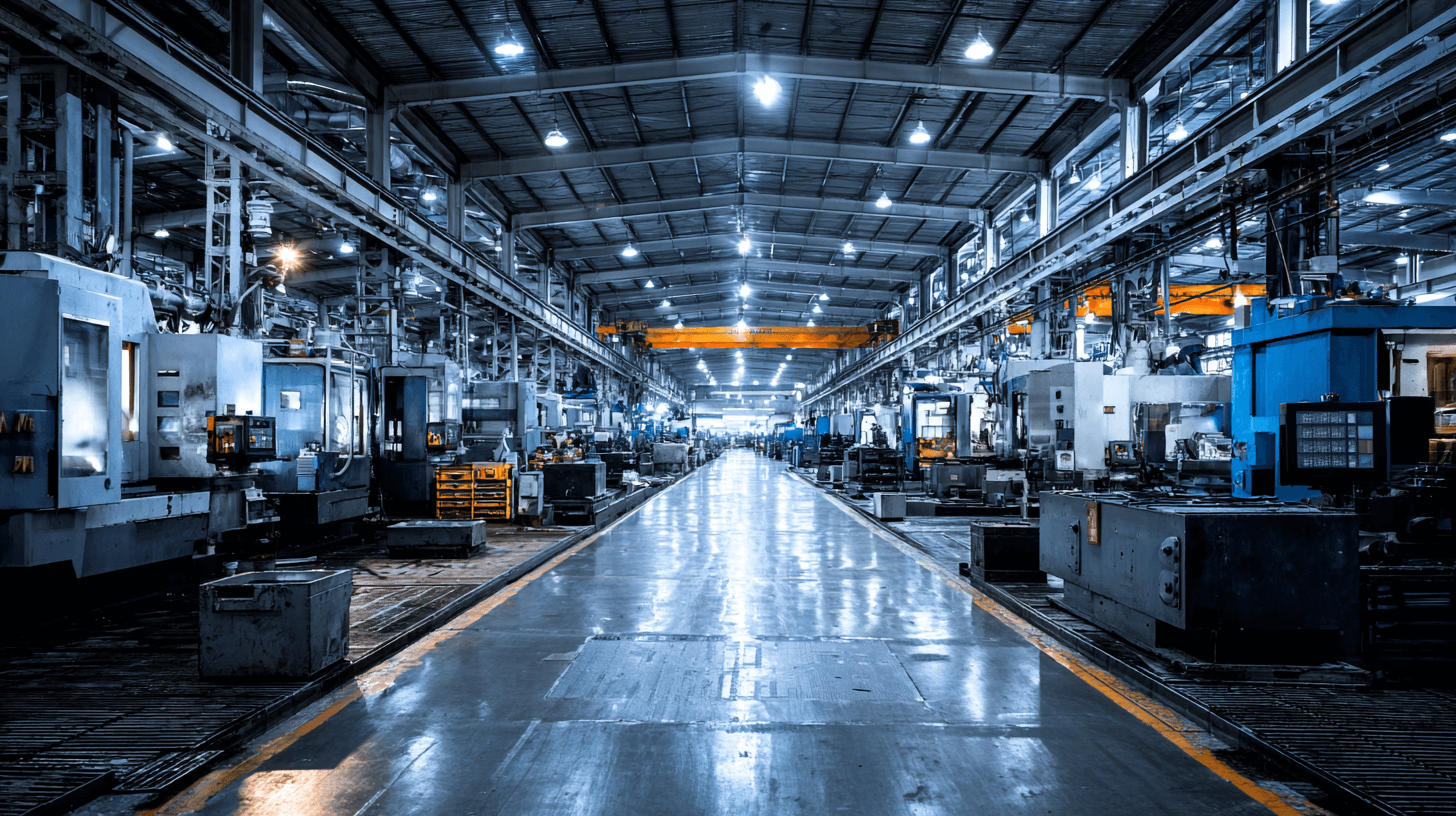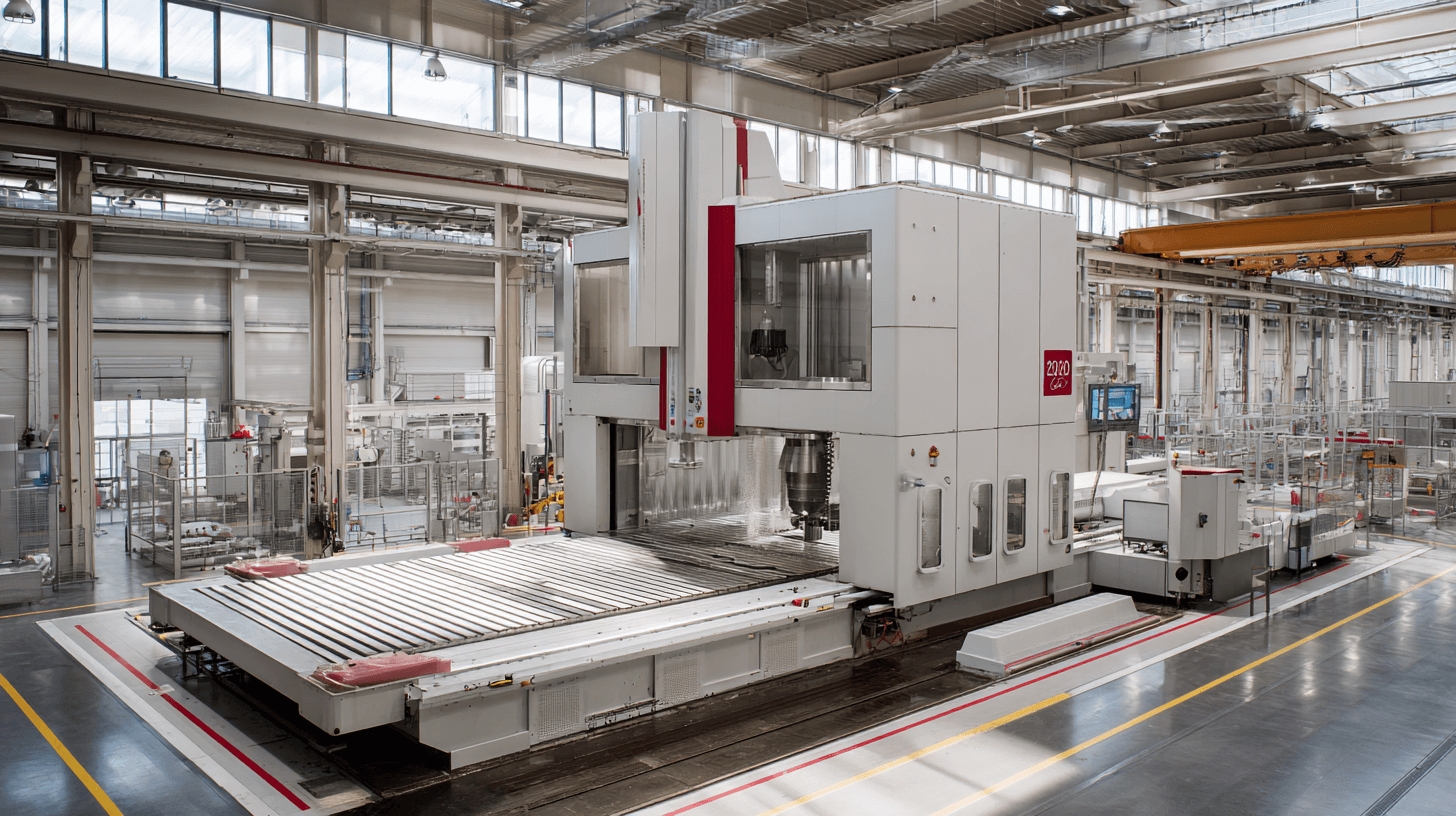1. Macroeconomic Context and Evolution of the Metalworking Industry
The contemporary landscape of turning and milling services provision in Ukraine represents a complex, multi-level ecosystem undergoing active transformation. This sector, which historically served as the foundation for Soviet heavy industry, is now passing through a painful yet necessary stage of reorientation toward Western markets and quality standards. Analysis of the current market state indicates that Ukraine can no longer be viewed exclusively as a source of cheap labor for low-tech operations. Instead, we observe the formation of a high-tech engineering cluster capable of competing at a global level in such demanding niches as aerospace, power engineering, and production of precision components for hydraulics.
A key characteristic of the current moment is the dichotomy between inherited industrial giants possessing unique capabilities for large-scale machining, and a new wave of private companies focused on flexibility, speed, and utilization of advanced CNC systems. This dualism creates a unique market proposition: on one hand, a customer can find a contractor for machining a turbine rotor weighing tens of tons, and on the other—place an order for manufacturing microscopic electronic components with tolerances of several microns, with both tasks executed within a single jurisdiction.
The impact of geopolitical factors and full-scale war has become a catalyst for radical changes in logistics and operational management. Ukrainian enterprises have demonstrated unprecedented resilience, adapting production processes to conditions of energy instability and supply chain disruptions. Implementation of “smart buffers” in production, diversification of energy sources, and transition to autonomous power supply have become the norm for companies continuing to fulfill export contracts. Moreover, there is a trend toward relocation of production facilities to western regions of the country, which not only reduces security risks but also brings manufacturers closer to EU borders, simplifying logistics.
Economic indicators of industry leaders also testify to significant market volume. Major players such as DEMZ (Dnipro Electromechanical Plant) and ZLMZ (Zaporizhzhia Foundry and Mechanical Plant) generate billion-level revenues, confirming the strategic weight of metalworking in Ukraine’s GDP structure. Net revenue of companies like DEMZ, exceeding 6 billion hryvnias, indicates that demand for metalworking remains stable despite military actions, supported both by internal needs of the defense complex and infrastructure, as well as export opportunities.





